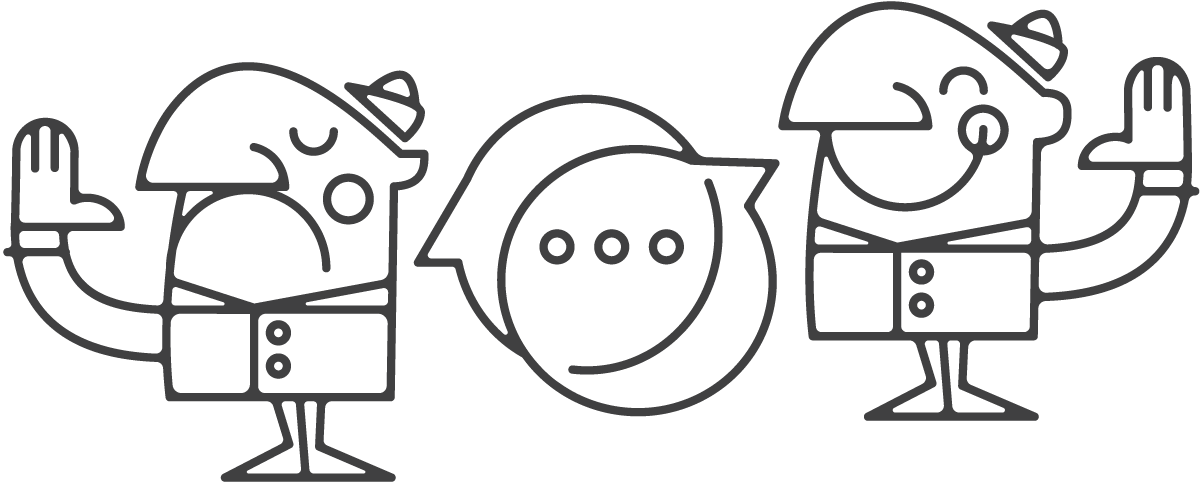“No pets allowed inside.”
Read the paper taped to the door. Simple type in black ink on a folded piece of printer paper. Straight to the point. It’s not personal, it’s business. It’s just their rule, their protocol, and… their prerogative.
But this little piece of plain paper taped to the door is probably doing a lot more damage to the perception of the brand than the business may realize. Sure some might brush it off, but most will be subconsciously affected by the negativity and coldness of this note. Why? Let’s dive in.
There is a negative focus.
We get the point. No pets inside. However, as a customer, being greeted with an immediate NO and denial of accommodation puts a rather bad taste in your mouth. That little note overrides the logo, the interior design, the everything about the business because it greeted the customer upon entry in a very explicit location on the glass. Essentially the business hands the customer a glass half-empty right away. This is why Disney trains employees to always phrase things with a positive emphasis. It is not about what you say, but how you say it.

There is no solution.
Not only are you given an immediate rule and denial upon entry, you also are given no solutions. It’s easy for a business to pose a rule and offer no solution. However, a brand will see this as an opportunity to improve the experience by offering an accommodation. This is a powerful move to essentially pull the audience back up and view your brand in a positive light. In this situation, they could have offered bowls of water for the pets out side or not even have the initial sign and state something more accommodating like “Our pet patrons can enjoy a drink on the porch.” — Bingo, instantly turned into a positive tone and an accommodation.
There is no personality.
It’s plain to see that the text on the sign has zero personality. It talks like a utilitarian sign, not a brand.
The lack of personality, makes the customer feel less than human as they are greeted with the negative tone as well. Notice the previous examples having personality, empathy, and color, it changes the perception for the better making the message warmer and better received. Though it lacks personality, it is personal. It feels personal to the consumer because it’s pet related. We all know that when it comes to animals, especially a pet, that humans feel them as an extension of self. Pets are relational, emotional, and personal. To reject someone’s pet in a negative light like this is to reject them and offend them in a way that is more direct than intended. The example previously stated would flip the script and help bring a positive light and accommodation to the situation that would make the owner feel better and more connected to the brand.
This simple, albeit, complex example I hope illustrates the power of both what a business says and doesn’t say. As brand is not so black and white, we must consider the conscious and subconscious perception. Brand is personal. Brand is relational. Brand is perception.

